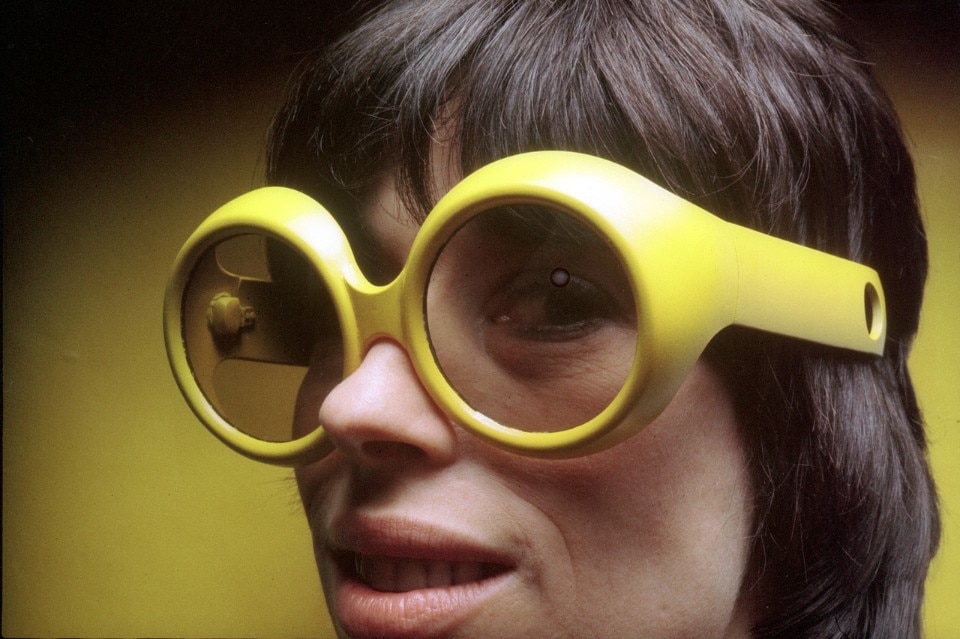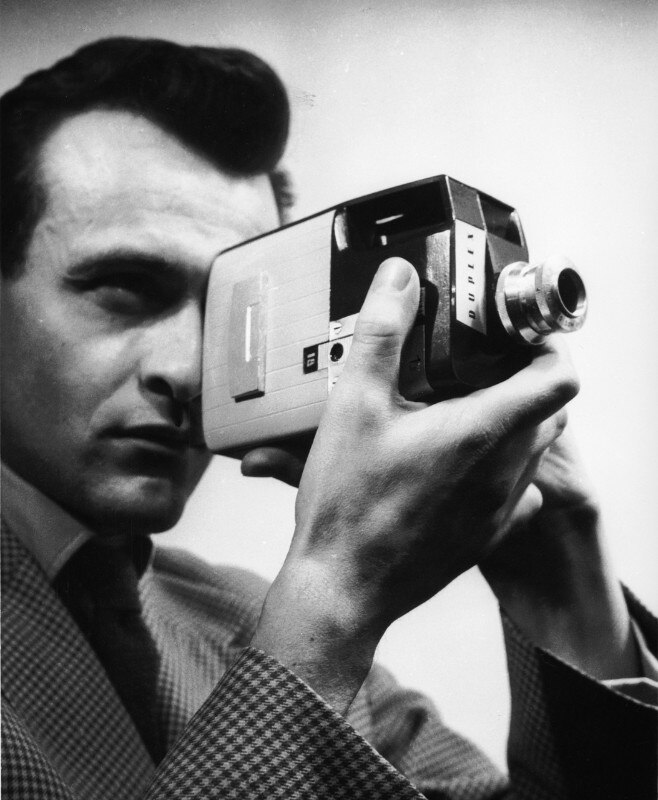
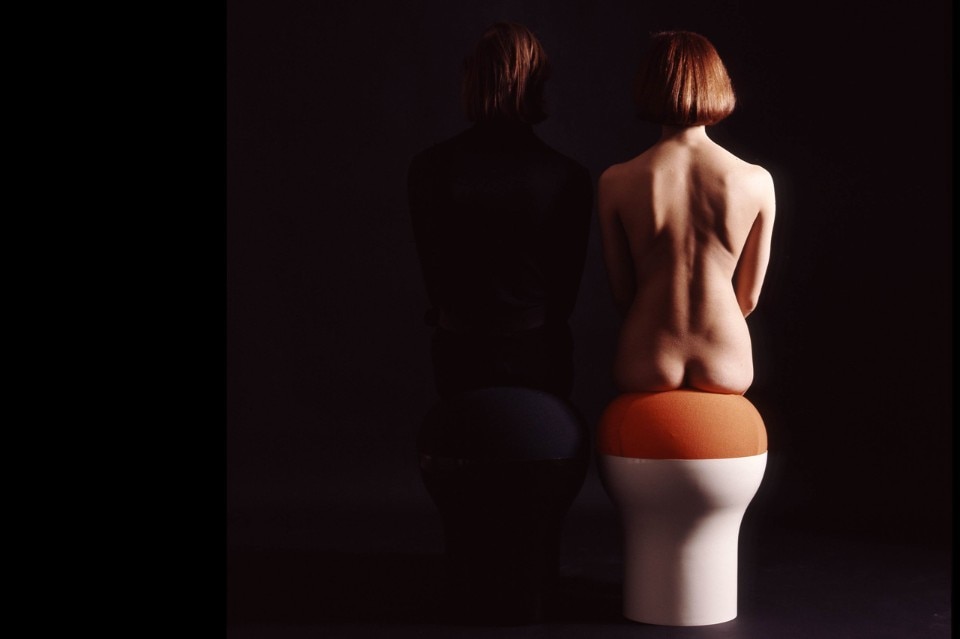
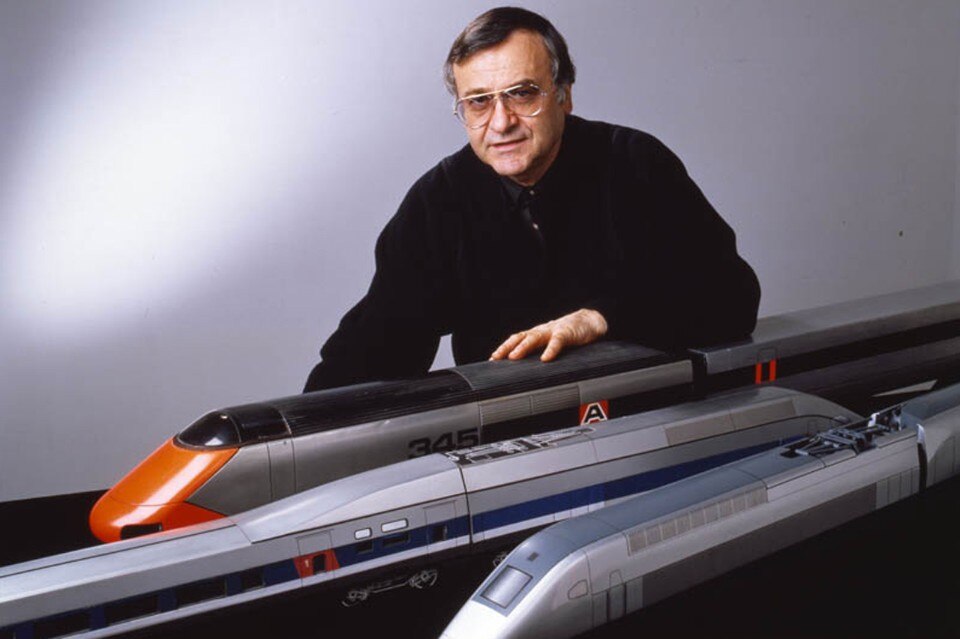
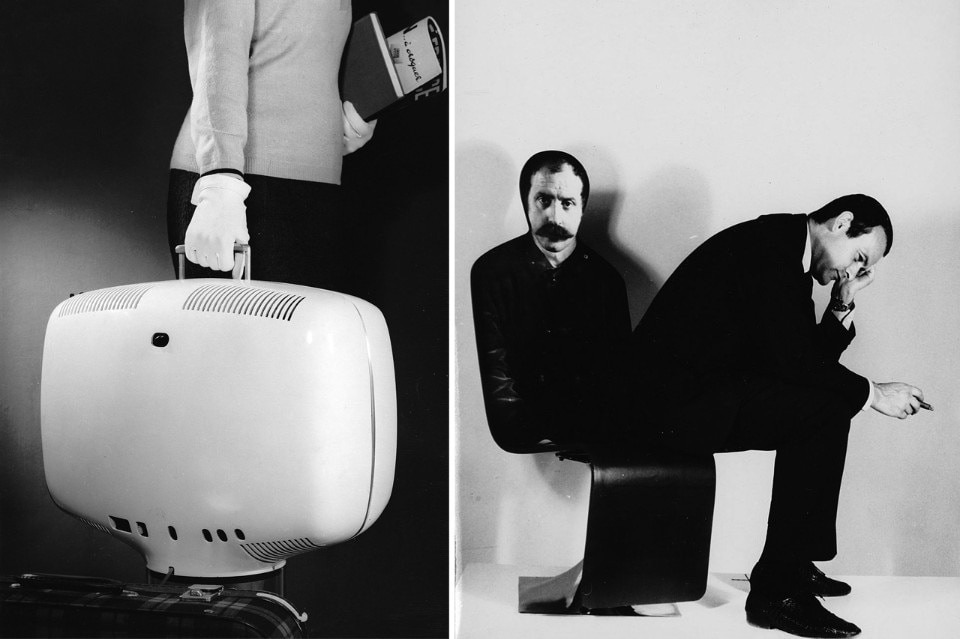
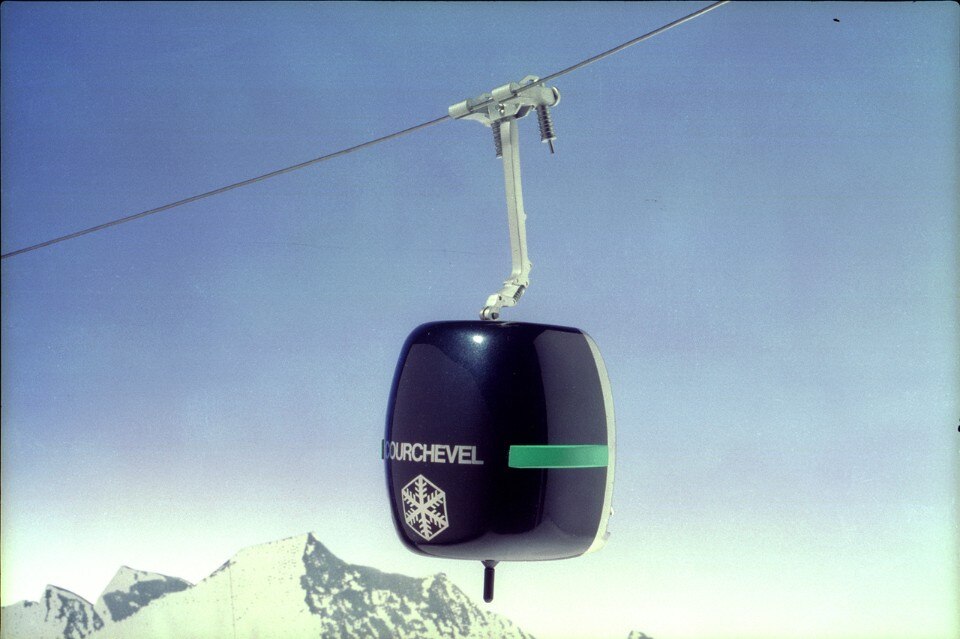
fino al 8 gennaio 2017
Roger Tallon, le design en mouvement
Musée des Arts Decoratifs
107, rue de Rivoli, Parigi
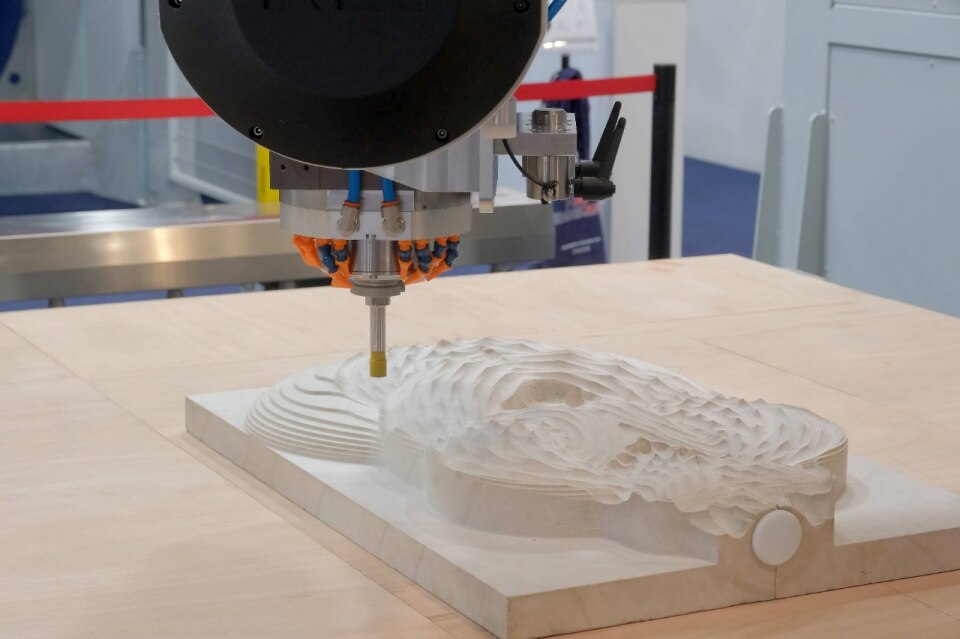
Natural stone is an eternal material
Now in its 59th edition, Marmomac returns to Verona from September 23 to 26 to showcase the role of stone in contemporary design.


